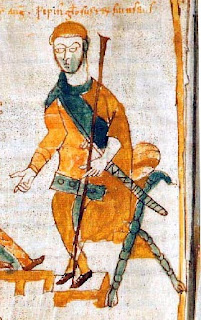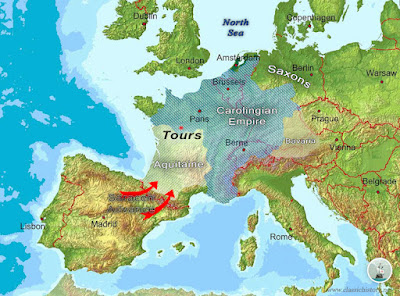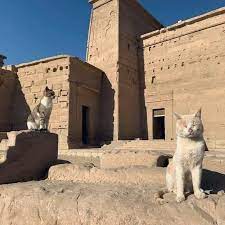The collection of works there is estimated to be about 100 items—a remarkable number for the time. A poem by Alcuin mentions 40 different titles, including not only works by Bede and the Church Fathers but also by such classical authors as Aristotle, Cicero, and Pliny.
Alcuin's extant letters tell us that he made trips to procure books for the library, and that he brought some with him when he left York to take up his position at Charlemagne's court at Aachen. Despite his new patron's desire to promote learning, however, Alcuin makes clear that he never created a better library than the one in York.
Some of the books were given to Liudger the Frisian, called the "Apostle of Saxony," when he left studying at York to preach on the continent. Liudger founded a monastery at Werden. The monastery is gone, and some buildings are being used by a school, but it is possible that some fragments of York books still exist in southern Germany.
The Alcuin-era library is no more. Danes sacked the area in 866, and it suffered further at the Harrowing of the North by William the Conqueror.
The York Minster library was formally re-founded when John Neuton (c.1350 - 1414), a canon at York, left a bequest of about 70 books to the Minster. (The illustration above is an initial page of a law text that had been part of his collection.) Few of those original books survive, but York Minster has had a library for over 600 years, thanks to Neuton.
Next I'd like to talk about the Minster itself, and why it's called that instead of Cathedral. Stay tuned.






























